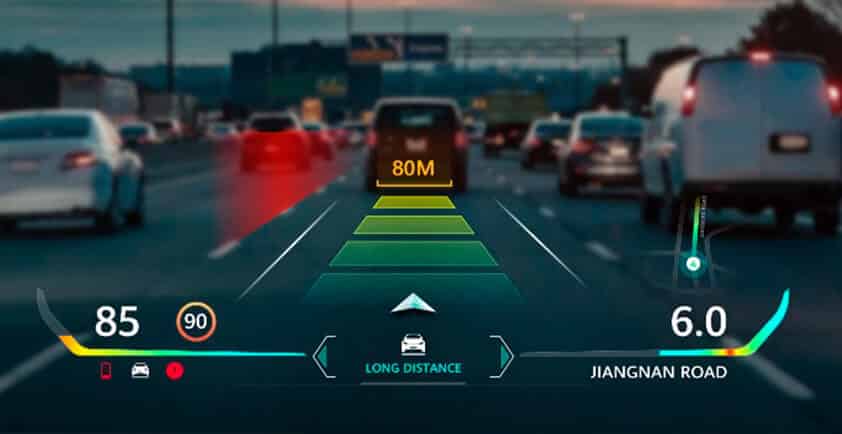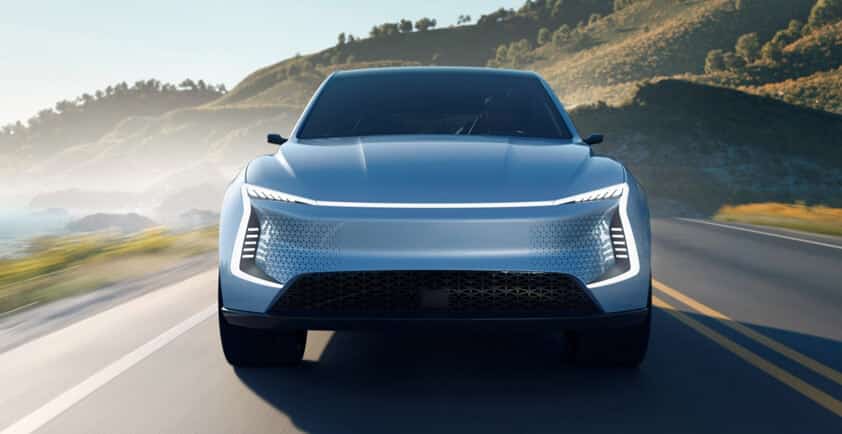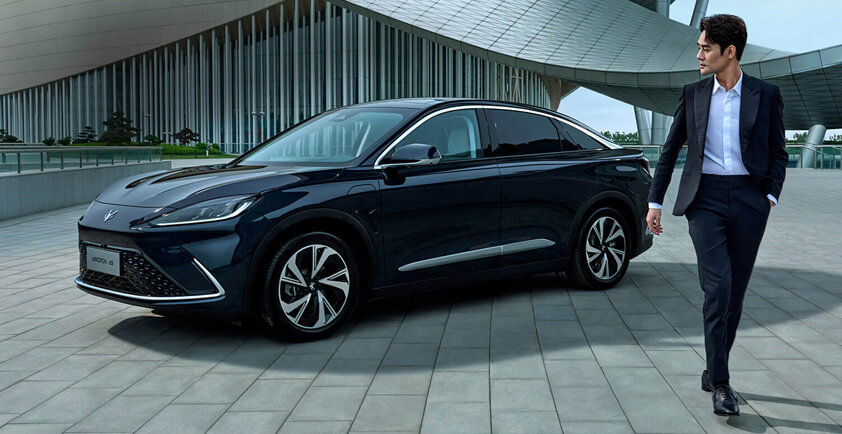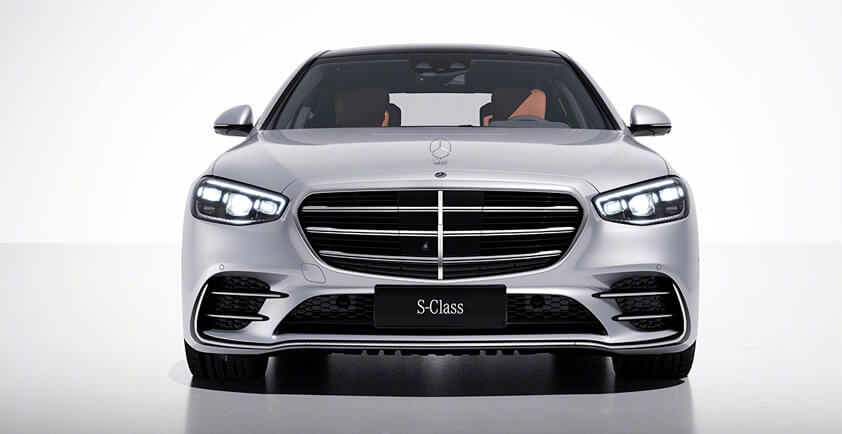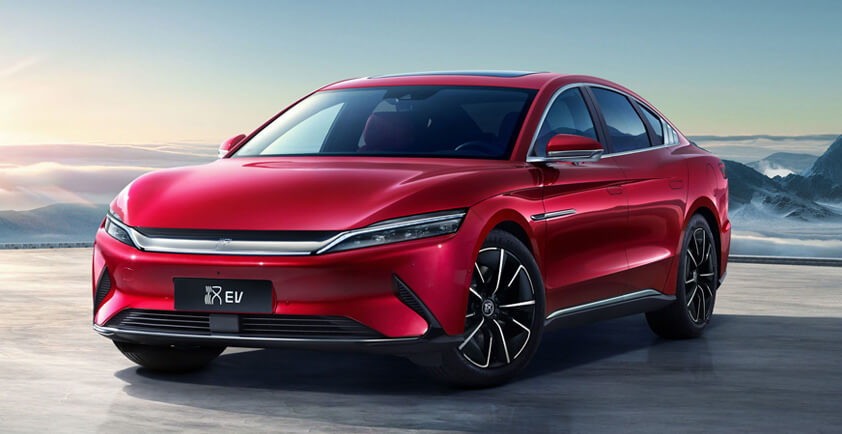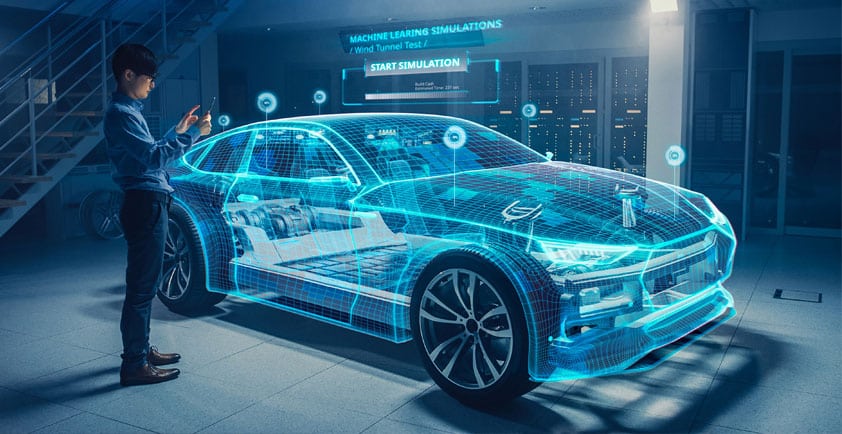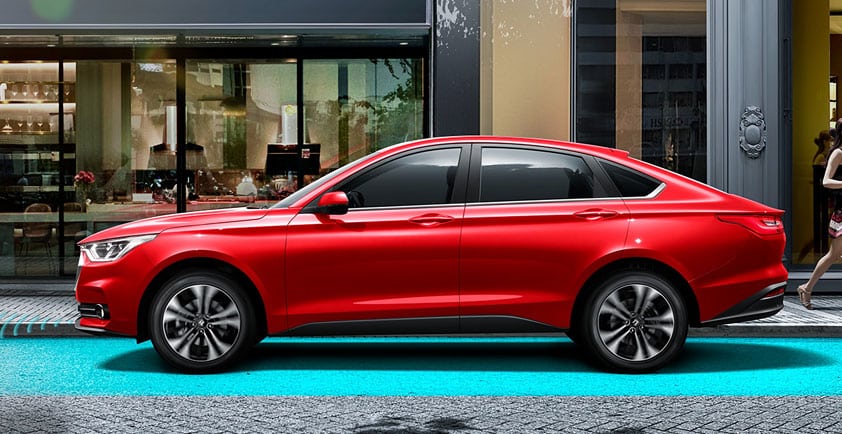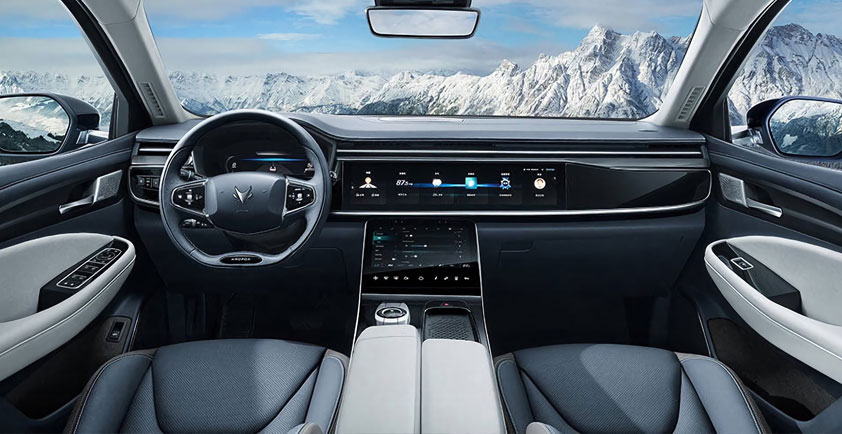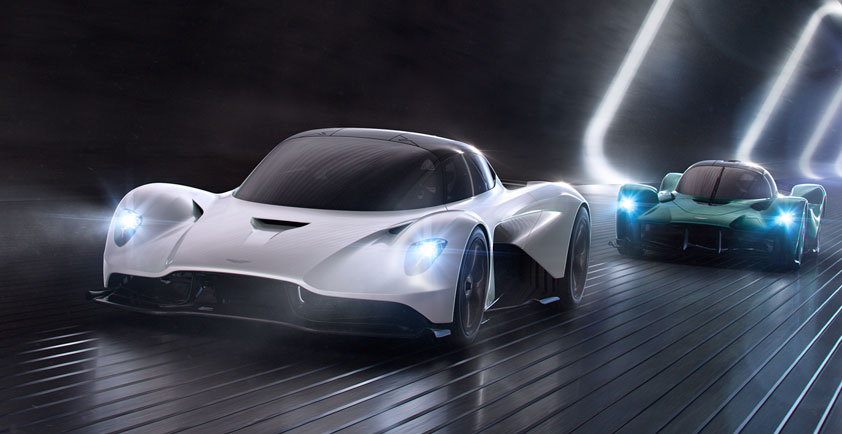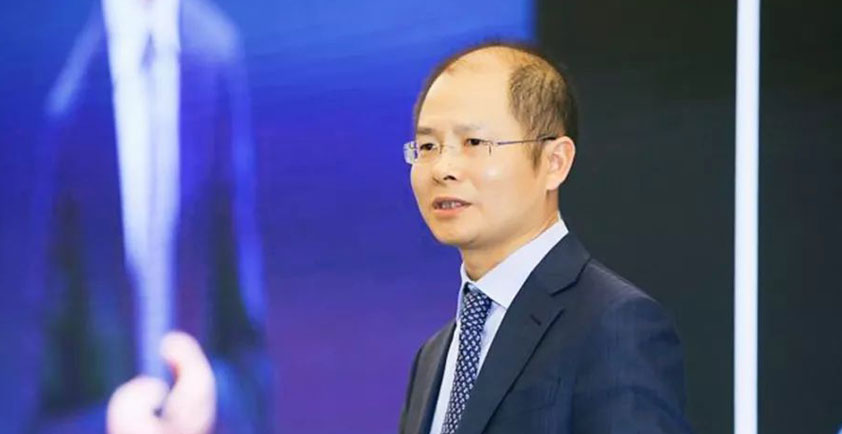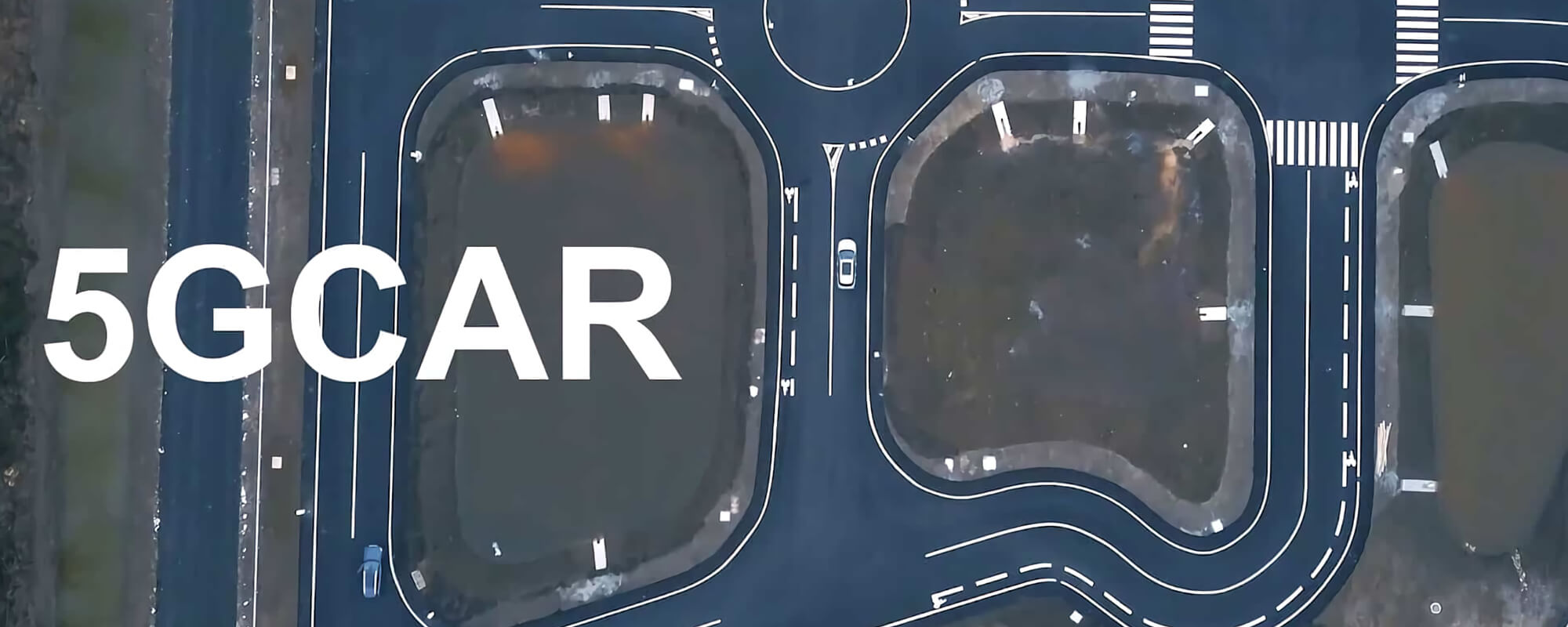

5G CARS TO CONNECT ANYWHERE IN EUROPE
One of the hot topics at this year’s Mobile World Congress in Barcelona was connected mobility. Huawei, a leader in the connected vehicles field, contributes to EU research projects designed to advance the technology in Europe.
Two research and innovation projects funded by the European Commission – 5GCroCo and 5GCAR – were publicly presented at MWC 2019 to showcase new 5G communication technologies for connected and automated mobility. Huawei participates in both.
The exotically named 5GCroCo, which stands for Fifth Generation Cross-Border Control, began in November 2018, is scheduled to run until 2020 and involves 24 partners from 7 European countries. It aims to deliver solutions, architectures and technologies for the next decade. In a 17-million-euro project, it is testing in four locations crossing France, Germany, Luxembourg and Spain: Munich; a test track at Montlhéry in France; Barcelona, and; the A9 motorway connected mobility testbed in Germany. Huawei was one of the initiators of 5GCroCo as a successor of 5GCAR.
A wide range of technologies are being tested in the pilot phase, from safety functions to the effectiveness of short and long-distance radio communications, 5G network slicing that will accommodate the technologies in the mobile spectrum, and edge computing solutions to link up vehicles with roadside infrastructure such as traffic lights and speed alert systems. The project will contribute to the European Commission’s landmark 5G Action Plan for Europe and its results will feed into both European and international standards-making process.
Test results showing the benefits of C-V2X technology
Like 5GCroCo, 5GCAR is a project under the 5G Infrastructure Public Private Partnership (5G-PPP), in which Huawei is a leading participant. Huawei plays important role in EU 5G research projects overall, not just for connected mobility. We are a member of the Board of the 5G IA (Infrastructure Association), which represents the private side of the 5G-PPP initiative (the European Commission leads the public side), and have contributed to flagship 5G projects for over a decade now, including METIS (2012-2015), METIS II (2015-2017), and, more recently, Air Interface for low and high frequencies, and system design projects such as mmMAGIC, FANTASTIC-5G and 5G-MoNArch.
5GCAR has been developing 5G technologies for the automotive sector for the past two years and is nearing completion. It is developing an overall 5G system architecture for fast and reliable vehicle-to-vehicle and vehicle-to-infrastructure connectivity (V2X), supporting road safety and traffic flow management, and should provide a convincing case for the benefits of 5G V2X, compared to current, older and slower WiFi-based solutions. The 5G-PPP Automotive Working Group, founded by 5GCAR, also published the first 5G V2X business case White Paper at the Mobile World Congress, recognized as an important 5G-PPP outcome from the EU and referenced worldwide, for example by the 5G Mobile Forum in Korea at the end of January.
5GCAR will be completed by mid-2019, so, while 5GCroCo at MWC described its activities planned for the next three years, 5GCAR was able to showcase the results from field tests validating the contributions of the project through real trials.
5G will create new business models
5GCroCo, meanwhile, aims at defining new business models that can be built on top of this unprecedented connectivity and service provisioning capacity. Ultimately, 5GCroCo will impact relevant standardization bodies from the telco and automotive industries.
It aims to contribute to the consolidation of Europe’s leading role for 5G technology, paving the way for the commercial deployment of 5G for cooperative, connected, and automated mobility in Europe and worldwide.
This innovative project will also provide end consumers with new use cases such as tele-operated driving and high definition map generation and distribution for automated driving in multinational environments.
It’s an exciting time for Huawei to be contributing to European research, as Europe continues to make good progress toward its goal of completing the Digital Single Market, effective across borders, in no small part thanks to increasing connected mobility.
Author: Tony Graziano
Vice-President of Huawei's European Public Affairs and Communication Office
